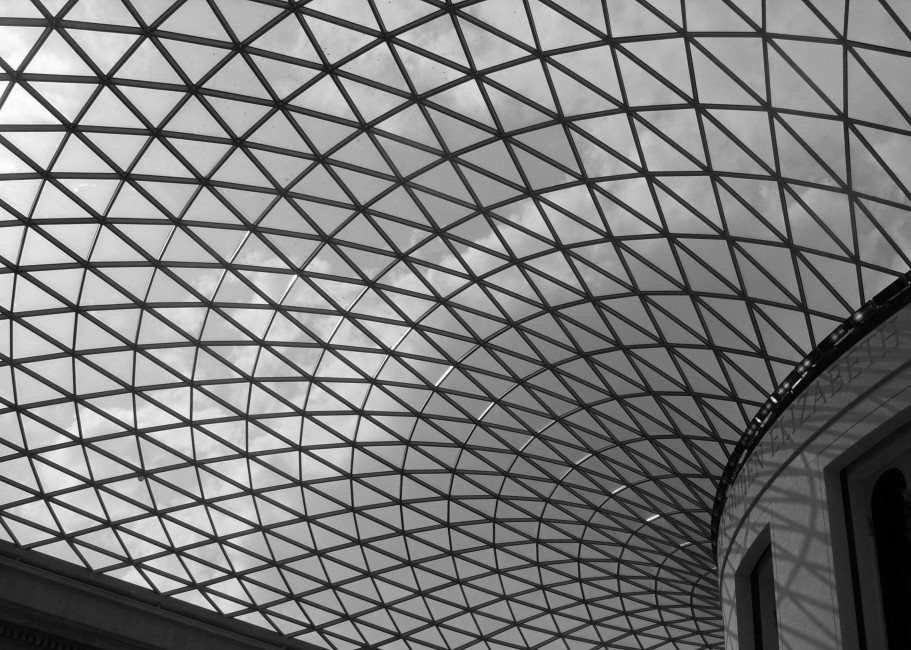Hieroglyph: a concept in the light of Semiotics
DOI:
https://doi.org/10.11606/issn.1980-4016.esse.2019.148868Keywords:
Hieroglyph, Sign, PoeticsAbstract
In this article, we intend to discuss the semiotic processes of resignification and transfiguration of the sign from the specific case of hieroglyphs, which illustrate, in their historical reception in the West, a kind of narrative interpretation based on a certain perception of non-arbitrariness in the relation between the sign and its object. Therefore, we will talk about sign displacements in historical and cultural contexts, and in the new semantic coverings that they can acquire beyond their traditional spheres of use and the social practices they denote. We will see, finally, how this revisited concept applies to the reading of different poetic processes, to the aesthetic phenomena proper to verbal language and to the uses of rhetoric extended to the field of signification.
Downloads
References
ABRIL, Gonzalo. “A semiose alegórica em textos verbovisuais”. In: LEAL, Bruno Souza; MENDONÇA, Carlos Camargos; GUIMARÃES, César (org.). Entre o sensível e o comunicacional. Belo Horizonte: Autêntica Editora, 2010, pp. 167-178.
BUTOR, Michel.Les mots dans la peinture. Les sentiers de la création. Éditionsd’Art Albert Skyra Genève. Coll.“Champs”. Paris: Flammarion, 1988. [1aed.1969].
FIORIN, José Luiz. “Teoria dos signos”. In: FIORIN, José Luiz (org.). Introdução à Linguística I. Objetos teóricos. 6ªd. revista e atualizada. São Paulo: Editora Contexto, 2010, pp. 55-74.
IAMPOLSKI, Mikhail. The Memory of Tiresias: Intertextuality and Film. Translatedby Harsha Ran. Berkeley/Los Angeles: University of California Press, 1998.
JAKOBSON, Roman. “Olhar de relance sobre o desenvolvimento da semiótica”. Trad. Benjamim Picardo. Revista Galáxia, São Paulo, n. 19, jul. 2010, pp. 60-76. [Palestra inaugural de Roman Jakobson no I Congresso da AISS, em Milão, junho de 1974]. Disponível em:https://revistas.pucsp.br/index.php/galaxia/article/view/3302/2213, acessado em 30 de junho de 2018.
MUKAROVSKY, Jan. “A arte como fato semiológico”. In: TOLEDO, Dionísio (org.). Círculo Linguístico de Praga: estruturalismo e semiologia. Trad. Zênia de Faria, Reasylvia Toledo e Dionísio Toledo. Introdução de Júlia Kristeva. Porto Alegre: Editora Globo, 1978, pp. 132-139.
PEIRCE, Charles Sanders. Semiótica. Trad. José Teixeira Coelho Neto. Col. “Estudos”, dirigida por J. Guinsburg. 3aed. São Paulo: Perspectiva, 2000.
PICARDO, Benjamim (trad. e apresentação).“Jakobson e o edifício semiótico”. In: JAKOBSON, Roman. “Olhar de relance sobre o desenvolvimento da semiótica”. Revista Galáxia, São Paulo, n. 19, jul. 2010, p. 60. Disponível em: https://revistas.pucsp.br/index.php/galaxia/article/view/3302/2213, acessado em 30 de junho de 2018.
PRAZ, Mario. Studies in Seventeenth-Century Imagery.Second edition considerablyincreased. Col. “Sussidi Eruditi”. Vol. 16. Roma: Edizione di Storia e Letteratura,1975.
SAUSSURE, Ferdinand de. Curso de Linguística Geral. Org. Charles Bally e Albert Sechehaye, com a colaboração de Albert Riedlinger. Trad. Antonio Chelini, José Paulo Paes e Izidoro Blikstein. Pref. à edição brasileira Isaac N. Salum. 27aed.São Paulo: Cultrix, 2006.
ZILBERBERG, Claude. Elementos de Semiótica Tensiva. Trad. Ivã Carlos Lopes, Luiz Tatit e Waldir Beividas. São Paulo: Ateliê Editorial, 2011.
Downloads
Published
Issue
Section
License
Copyright (c) 2019 Andrei Fernando Ferreira Lima

This work is licensed under a Creative Commons Attribution-NonCommercial-ShareAlike 4.0 International License.
The authors grant the journal all copyrights relating to the work published. The concepts expressed in signed articles are absolute and exclusive responsibility of their authors.






